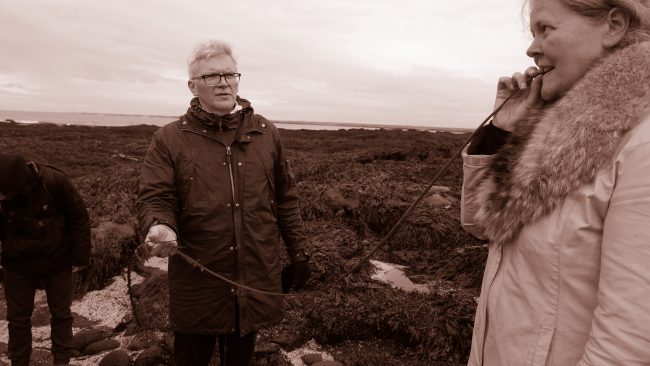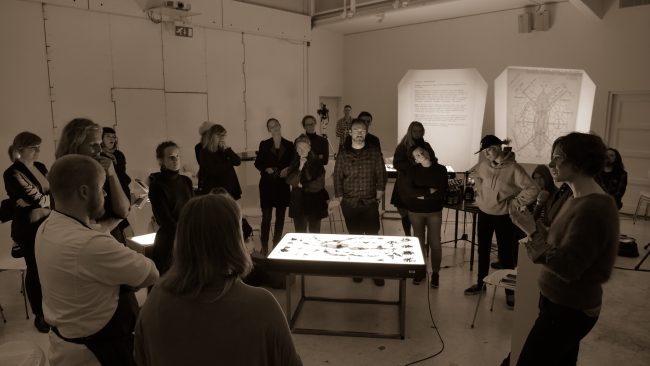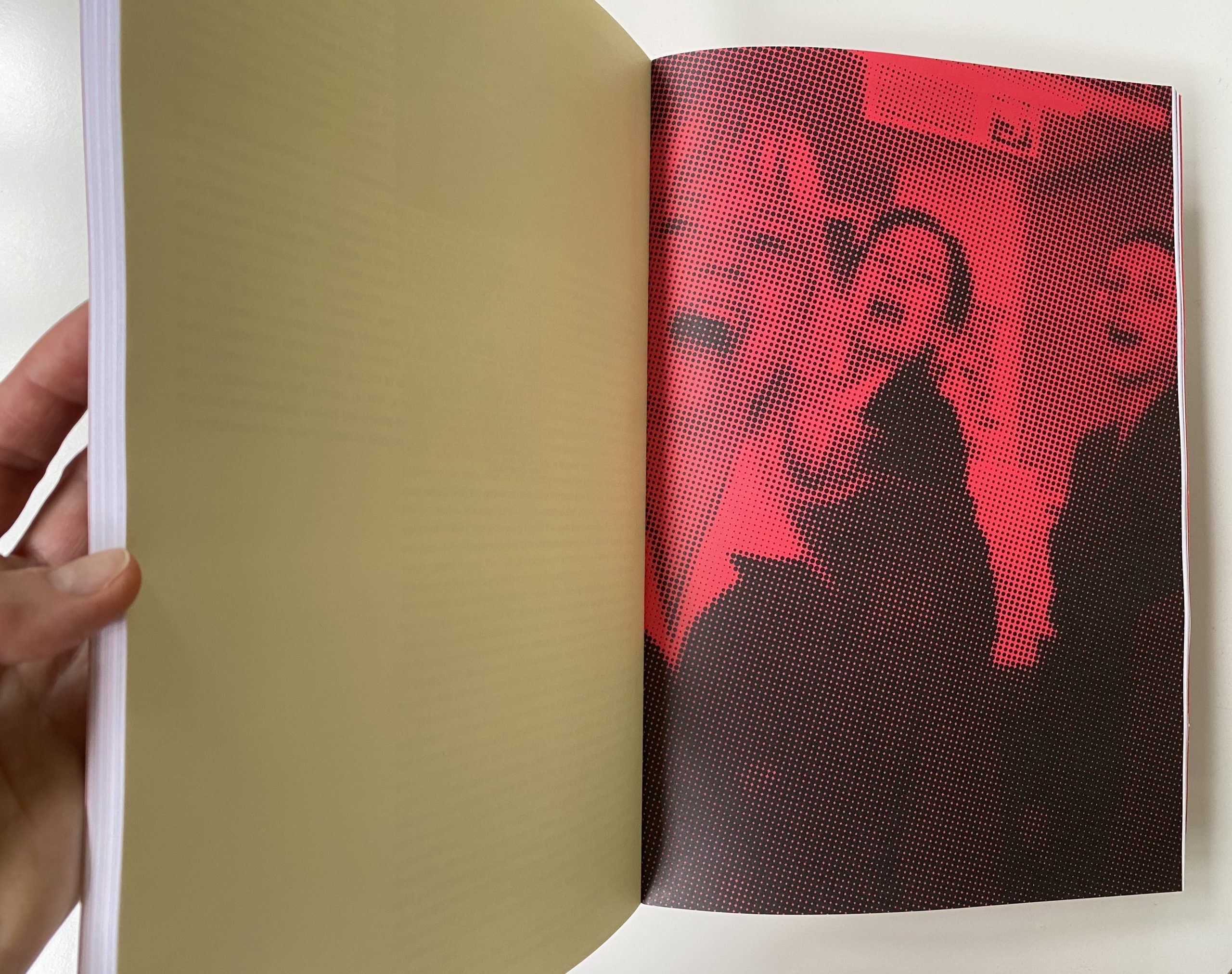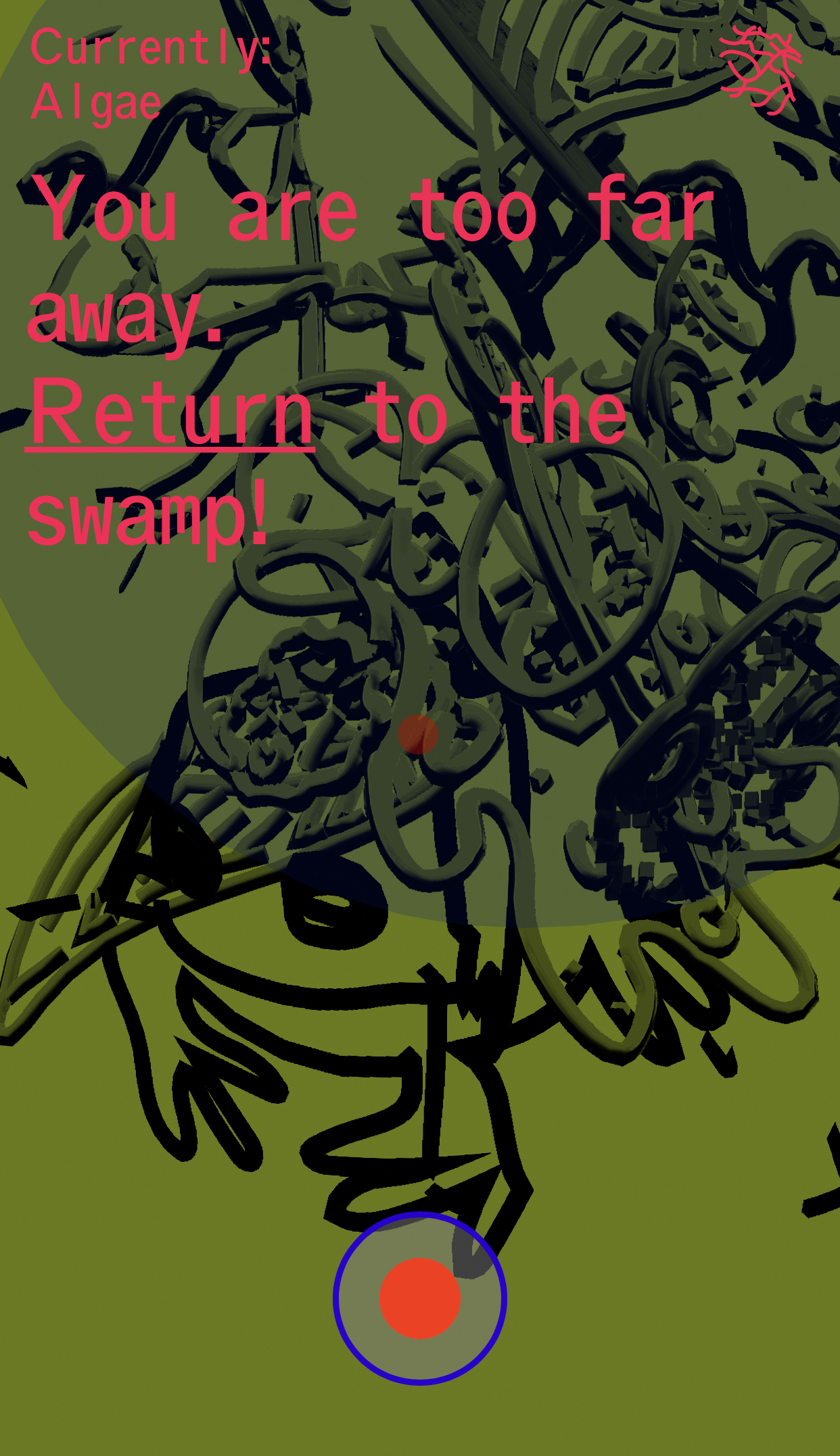[Surmised to be an extract from Icelandic officer’s transcribed recordings dating from November 2005. The author could not be identified or located.]
To whom it may concern,
The base grounds are bleak. It’s November in Iceland—horizontal rain, banshee winds that get into buildings no matter how they’re sealed. Most of the facilities are already abandoned. Much of the classified files and sensitive technology was removed in September, I’m told.
Gaining clear information on the research being carried out is proving extremely difficult. There appear to be four divisions: Modifications, Temporalities, Communications, and Biointerfacing. The project start date was 1971. I have been informed of the project peak-personnel numbers: twelve P.I.’s – three in each section – a total of eight men and four women. When I arrived only one of the scientists was present: one of the later arrivals to the Communications division—Dr. Dora Kepes, an ecologist specializing in rhizomatic migration. Contact with the others—especially the original PIs—is proving impossible. They were an international group—getting records from the former Yugoslavia and Soviet Union is a task… ongoing.
I carried out a series of interviews with Dr. Kepes, but many of my questions went unanswered. Unclear how much she knew about the first decades of the research. Did soldiers volunteer for the project? Were there casualties? Have any casualties been identified? It seems that some scientists and soldiers went missing—are missing…
I asked: What was the aim of this symbiosis project? To produce a human-body enhancing transspecies interface? My interview subject responded: No. They were working towards finding new feedback loops between both terrestrial and marine environments via multi-temporal analytics among other methodologies.
It appears that the research team eventually started experimenting on themselves, and all of the researchers in the Temporalities and Biointerfacing Sections were involved in that. I wondered how they managed to record their results. They seem to have decided that experimentation and experience were necessarily one and the same. The observations they have been recording appear to be reducing, at least in any recognizable form.
Did the symbiosis take effect? I mean, this is a system that worked (is still working?) right? Transported to another location? “Did you have access to the tanks yourself, before they went offline?” I asked. She said no, but I don’t know how to read her. She claims this research is over and that no strategy for disseminating or releasing results was in place. But vibrations are still coming down the swim pipe from the tidal tanks, a kind of residual song. Currently seeking tank access. Slated for removal in April.

Division 1: Modifications
Diagram: Evolutionary Situations of the Environment
Reports: Working Hypothesis – symbiosis, new indication capacities, interspecies communication and knowledge enabling counteraction of predicted progress towards hypertrophy and entropy. Without radically new knowledge enabling shifts in culture and actions, our futurecasts and all projections display rapid trajectory through health damage, environmental damage, hypertrophy of exploitation, hypertrophy of the environment, hypertrophy of humanity and ecological disbalance.
Stage 1. Subjects began a program of algae ingestions, soaking in tidal algae tanks, eel windings. Initial tidal immersions were undertaken with breathing apparatus and tethers. After one week bacteria patches were applied. Varying individual tolerances to high levels of iodine noted. Psychosomatic/placebo effects factored in. Obs.: Enhanced taste capacities in salty range; pigmentation shifts, thickening of skin which is demonstrating patches of heavily whorled textures.
Stage 2. Subjects developed holdfast feet complexes. Under-skin vesicles developed, particularly clustered around collar-bone area. Arms have lengthened and are tending towards frond-like flagellata. Experiencing increased difficulty in releasing holdfasts. Obs.: regulating body temperature for cold water; osmoregulation; development of conceptacle cavities containing viable reproductive organs. Rhythmic shifts in verticality and horizontality observed i.e. Subjects are erect during sea immersions and layered horizontally in periods of air exposure.
Stage 3. Subjects are demonstrating increased blindness and reliance on enhanced haptic, tactile and olfactory capabilities. Tethers are no longer necessary since holdfasts are functioning adequately for anchorage. Flattening and softening of skeletal structure and tendency to apical morphology noted. Vesicles are making underwater breathing feasible for duration of tidal immersions. Subjects appear to be integrating with surrounding algae colonies and are displaying mixotrophic energy derivation.

Division 2: Temporalities
Diagram: Spherical Curves Representing Rhythmical Shifts of Human-Algae Symbiotic Interaction
Reports: The Modifications experiments examined continual contact between human subjects and algae, as a newly installed and technologically tested symbiotic interaction. Although the precise mechanisms remain unknown, the consumption of different species of seaweeds, inhalation of the algae extracts, algae skin applications, and reproduction of aquatic environment of algae had an effect on the circadian, biological and social rhythms of the participants. Registered effects include desynchronization and resynchronization along the axis of what is traditionally called a human temporal structure.
Varying species and quantities used as well as calibrations of light and salinity. Obs.: different algaematic sets caused accelerations and slow-downs within the system of metabolism, blood circulation, functioning of hormone system, processes of rejuvenation and senescence as well as increase or decrease in exposure to extreme temperatures. Noted shifts in mental activity, attention span, memory storage capacity, enhancement or diminishment of sensations, improvement or weakening of IQ, boost or decline in activity of imagination.
Modifications experiments produced a dehumanizing impact on the perception of time, intertwining with different temporalities imposed by marine plants and consequently proposing a speculative notion of “aquatic time”.

Division 3: Communications
Diagram: Interaction of Human Systems and Natural Systems of the Environment
Reports: Attempting cross-species perception and cross-species learning to counteract projected ecological disbalance. Analysis of symbiosis-based communication to assist in developing a program for biosphere equilibrium. Initially other modalities appear incomprehensible. Symbiosis may produce results leading to enhanced understanding of the optimum operations at all levels: atmosphere, lithosphere, pedosphere, biosphere, hydrosphere, cosmosphere.
Stage 1: Subjects’ initial immersions producing sleep-like, trancelike consciousness shifts; the mouth can function as a knowledge sensor; ingesting, digesting, metabolic structure, playing a role in consciousness. Nothing intelligible yet, however embodied sensory dialogue with algae appears increasingly likely.
Stage 2: Subjects are reading wave power, wind strength and direction, tides, phases of the moon. Subjects are able to taste impacts from chemical and other marine contaminants. We have been able to derive what appear to be algae sensing and desires; plans even. Analysis of sounds and vibrations created by the kelp colonization of the severed acoustic sea-cables is in progress.

Division 4: Biointerfacing
Diagram: Structure of Techno-Media of the Environment
Reports: Analysis of algology symbiosis evidences positive results. Some subjects demonstrate adaptation to tidal and seasonal rhythms. Greatly enhanced consciousness of interscalar and trans-systemic relationships are being recorded.
Prolonged rhythmic immersions are resulting in reflexive consciousness, a form of self-archaeology.
Consequent to this aquatic marine research phase, further symbiotic exploration is planned involving freshwater, aerial, lichenic, parasitic and motile algae.
Mycelial power supplies and transfer chains to be incorporated in the next phase of algo-human co-perception to improve receptor binding and reduce neuro-toxin uptake in the human system.
Planning timescale needs to change to 100 years or more. Visions of new ecologies glimpsed. Confronting light is the darkness. The awe-ful rainbow.

With textual contributions by Tracey Warr, Kristupas Sabolius, Lucas Freeman, Nikola Bojić, Viktorija Šiaulytė, Nomeda & Gediminas Urbonas and with participation of Thomas Pausz, Garðar Eyjólfsson, Tinna Grétarsdóttir, Sigurjón Baldur Hafsteinsson, Hildigunnur Sverrisdóttir, Oksana Anilionytė, Sigrún Thorlacius, Ari Jónsson, Eydís Mary Jónsdóttir, Ashley Rizzo Moss, Jennifer Gabrys and Hinrik Carl Ellertsson




